As the simultaneously dreaded and much-awaited Dean’s Date comes around again, many of us find ourselves writing final research papers for our foreign language classes. Conducting research and writing a long paper in a language in which we are not fully fluent is both harder and very different from writing one in our native language. Personally, I have spent the past few days writing a paper for French 307 discussing the ethics of weapons development, a fairly technical subject which presented a number of challenges.
Fitting Pleasure Reading into a Busy Schedule
Growing up, I always enjoyed reading books. While some of my friends complained about having to read short chapter books for homework, I was busy devouring book after book. One summer, as I went to check out a stack of books for the next week at my library, the librarian scanned my card and suddenly exclaimed, “Ah hah! It’s you! You’re the one who’s read most of the Young Adult section this summer!” I frequently argued with my parents over the merits of bringing half a suitcase full of books on every vacation. They constantly asked if I wanted an eReader for whatever holiday was coming up, but I was far too set on physical, paper books and refused each offer.
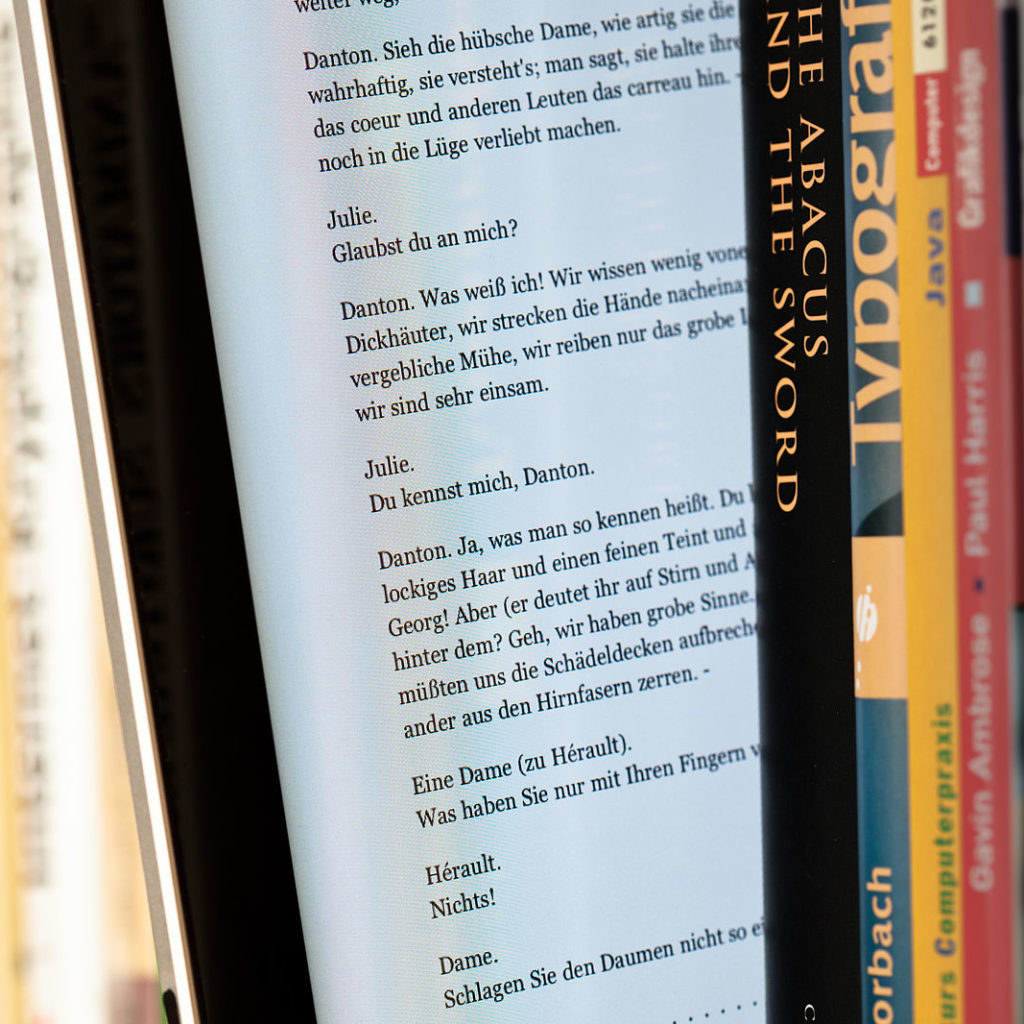
Continue reading Fitting Pleasure Reading into a Busy Schedule
Applying Fundamental Coursework to Research
Like most engineering students, I have spent almost two years at Princeton learning the fundamental theory of my field. While the material is interesting, it can be difficult to imagine how the concepts can lead to practical applications in engineering, and some of the basics can begin to seem useless in the real world.
Thermodynamics is one of the fundamental Mechanical and Aerospace Engineering (MAE) courses. It explores heat transfer and the relationship between heat and other types of energy. When I took the course last semester, I spent a large amount of time learning about heat pumps—cycles that move heat against its gradient (the way it “wants” to flow) from an area of low temperature to an area of high temperature. This process explains how comfortable temperatures are maintained in most living spaces. While the general application of the theory was clear to me, it seemed as if it would never be relevant to me. Fairly efficient air conditioners and heaters already exist and are unlikely to undergo a major overhaul in the near future, so why spend so much time learning the minutiae of how they work?
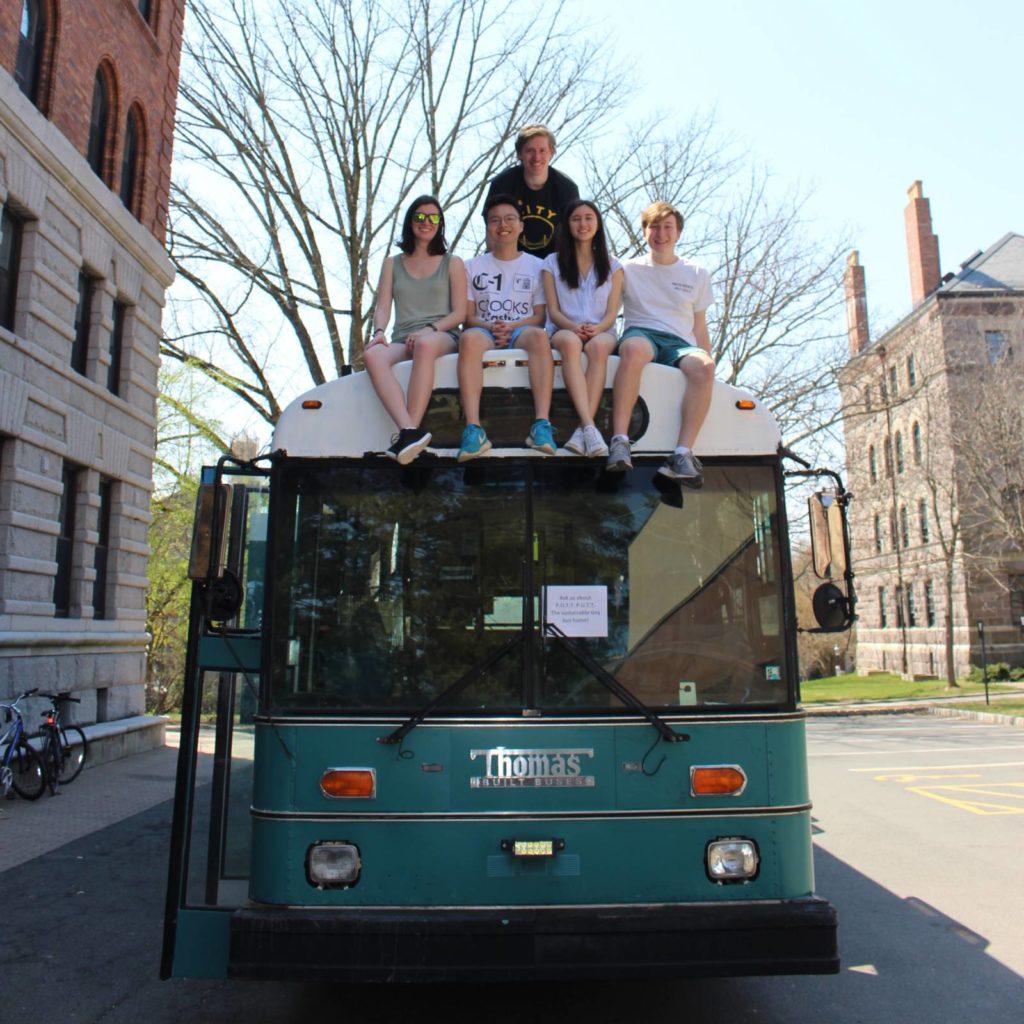
Continue reading Applying Fundamental Coursework to Research
Graduate Student Reflections: Nathan Li
This semester, in our spring series, PCURs will interview a graduate student from their home department who either is currently a graduate student at Princeton, or attended Princeton as an undergraduate. In Graduate Student Reflections: Life in Academia, interviews with graduate students shed light on the variety of paths one can take to get to graduate school and beyond, and the many insights gained along the way from research projects and mentors. Here, Alexandra shares her interview.
~~~~~
As part of our Spring seasonal series, I interviewed Nathan Li, a first-year graduate student participating in the 5-year PhD program in Civil and Environmental Engineering (CEE). He completed his undergraduate studies at Johns Hopkins University, where he majored in Chemical Engineering, completing the Environmental track.
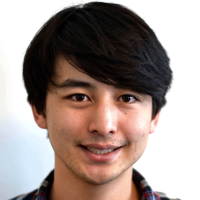
After completing his undergraduate degree in 2014, Nathan spent a year working at a startup, and the year after that working in finance. However, he felt that those jobs were not completely aligned with his values—partly, he missed the learning environment of college, but he was mostly concerned about the impact of his work: “I wanted to contribute to science and technology more directly.”
How to Take a Productive Break
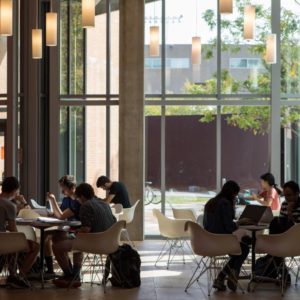
Every exam period, I find myself starting to withdraw from any non-mandatory activities or commitments. While this may seem like a good idea—after all, I need to make time to study in my already full schedule—it has oftentimes proven to be counterproductive. While I do get time back from skipping other activities, more often than not, I actually squander most of that time being stressed instead of using it in a productive way. This is the result of a combination of incorrect assumptions on my part. Continue reading How to Take a Productive Break
Unconventional Research: World Building in Creative Writing
When one thinks about research, there are certain images that come to mind: a student hunched over an old book in an empty library, or a solitary scientist in a lab coat mixing chemicals or observing animals. Emily McLean ’20 has done her fair share of the first type, as a potential Anthropology major with a strong interest in American History.
Emily is also my suitemate, and one day I heard her talking about an unfamiliar, unexpected genre of research: the research required for successful world building–the creation of a believable reality–in creative writing. Continue reading Unconventional Research: World Building in Creative Writing
Building a Cannon for a Class: The Unexpected Opportunity of Open-Ended Assignments
Throughout my academic life, I have always struggled to find a topic for open-ended assignments. Of course, the further along in my academic trajectory I get, the less strict the guidelines for each assignment become—and the more I struggle to find myself a topic. Coming up with research topics is, of course, critical to any researcher or student’s success—particularly when the culmination of our work as Princeton students is a nearly completely open-ended assignment: the thesis or independent project that each of us completes to graduate. So, I have learned to embrace my discomfort and use each new prompt as a way to hone my skills at successfully choosing topics.
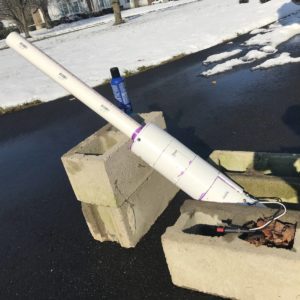
Continue reading Building a Cannon for a Class: The Unexpected Opportunity of Open-Ended Assignments
Looking Back on Undergraduate Research: An Interview with Masi Yamada ‘94
In a continuation of last year’s seasonal series, this winter, each PCUR will interview a Princeton alumnus from their home department about his/her experience writing a senior thesis. In Looking Back on Undergraduate Research: Alumni Perspectives, the alumni reveal how conducting independent research at Princeton influenced them academically, professionally, and personally. Here, Alexandra shares her interview.
~~~~~~
As part of our Seasonal Series, I had the opportunity to interview Masi Yamada ’94, a Mechanical and Aerospace Engineer (MAE). He is currently working as a Managing Director at J.P. Morgan Chase and offered insight about studying MAE and transferring that into the world of finance.
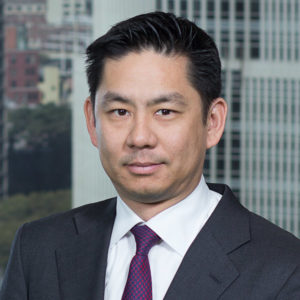
AK: Why did you choose to major in MAE?
MY: A lot of it was the generation I grew up in—as kids, we grew up seeing Star Wars and all those sorts of things; the space shuttle had been developed and there were a lot of engineering and economic resources being put towards defense and aerospace. The Cold War was still going on, so there was an ongoing buildup of arms and technology against the Russians. Back then, aerospace was viewed much like the startup and technology field is viewed now—that was where all the interesting tech jobs were.
I grew up thinking that I wanted to work at NASA—it was always my intention to go into the aerospace industry—but then reality set in. The Berlin Wall collapsed in 1989 and by the time we had graduated in ‘94, the aerospace and defense industry had been downsized and NASA’s budget was being cut. A few of us went on to graduate school, but the majority of us followed the classic Princeton path, going into finance and consulting because those were the companies that were recruiting very heavily at the time.
Continue reading Looking Back on Undergraduate Research: An Interview with Masi Yamada ‘94
Taking a Swing at Writer’s Block
We’ve all been there… staring at an incomplete (or still blank) writing assignment that’s due far too soon and having absolutely no idea what to write. More often than not, the best-case scenario is that you stare at your materials and reread your work until something semi-coherent trickles out of your bogged up brain. The worst? You suddenly find yourself on Facebook, having scrolled so far down your newsfeed that you’re in danger of liking something from embarrassingly long ago.
While everyone you meet will give you a different way to beat the dreaded writer’s block, I’d like to share my favorite method with you:
Squash.

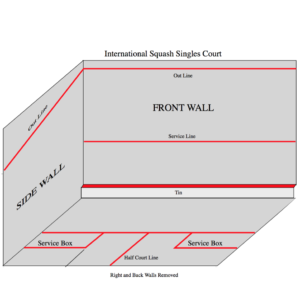
Mapping the Stars: An Interview with Reilly Bova ’20
Reilly Bova ’20 is a Bachelor of Science and Engineering (B.S.E) Computer Science (COS) major with a strong interest in Physics. He spent this past summer conducting research in Princeton’s Physics department. His work included the visualization of deep universe galaxy clusters.
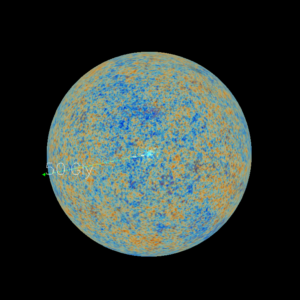
Reilly took data on some of the oldest and farthest discovered galaxies (several billion light-years away) and mapped them onto a computational model of the observable universe. He also added to the visualization extremely precise maps of the Cosmic Microwave Background (CMB), which is radiation from about 380,000 years after the Big Bang. Right after the Big Bang, the universe was so hot that nothing—not even photons—could travel unimpeded, which rendered the universe opaque. Around year 380,000, the universe had cooled enough that neutral atoms could form, rendering it transparent (i.e., photons could now travel through it) and releasing an enormous amount of energy which we now call the CMB. This Cosmic Microwave Background has been traveling through the universe for billions of years. As the universe expands, the wavelength of the CMB radiation lengthens (i.e., “redshifts”). We can generate a map of what the universe looked like very early in its life by measuring these redshifts.
I recently had the exciting opportunity to interview Reilly and find out more about his research experience.
Continue reading Mapping the Stars: An Interview with Reilly Bova ’20

